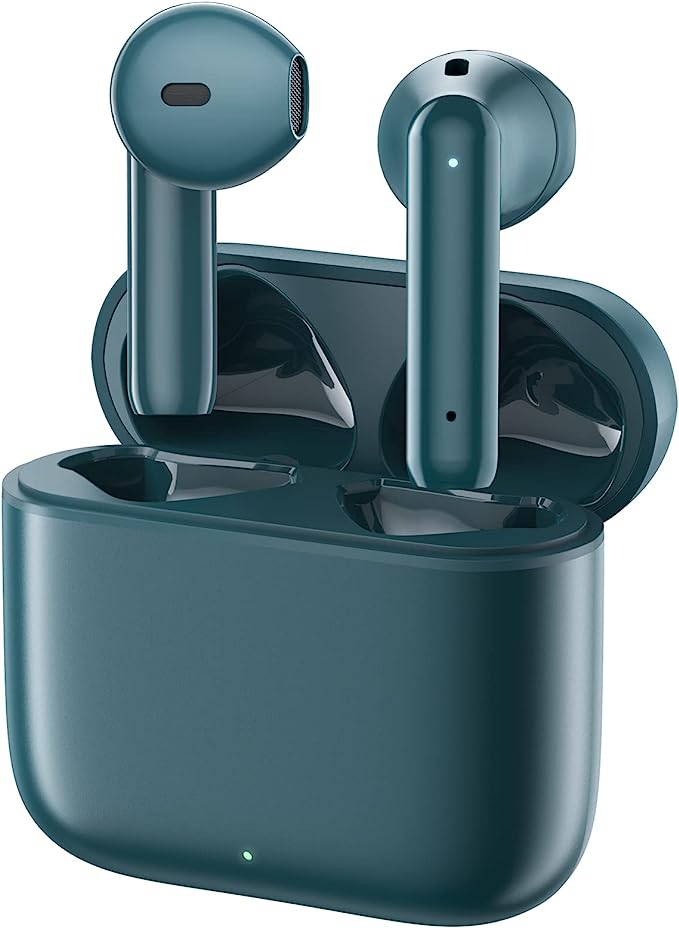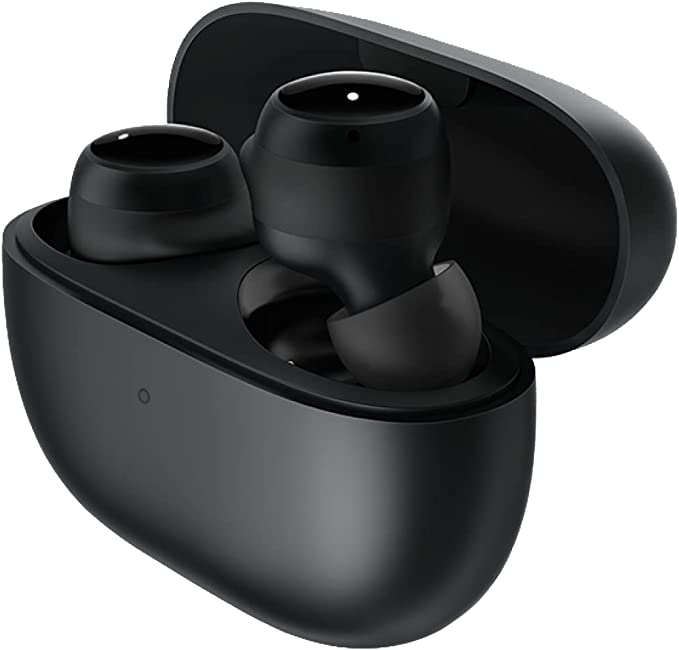Your House Needs to Breathe: The Overlooked Science of Home Ventilation
Update on Sept. 23, 2025, 3:16 a.m.
That blast of oppressive heat that hits you when you open the attic hatch on a summer afternoon isn’t just uncomfortable; it’s a warning sign. The persistent damp smell in the garage, clinging to old boxes and leaving a fine film of rust on your favorite tools, isn’t just an annoyance; it’s a symptom. Your house is trying to tell you something. It’s suffocating.
We tend to think of our homes as static, inanimate shelters. But in reality, a house is a dynamic system, constantly interacting with its environment. And like any living organism, it needs to breathe. This process of “breathing”—or ventilation—is one of the most critical yet misunderstood aspects of a healthy, efficient, and durable home. It’s not about just letting in a breeze; it’s a fascinating interplay of physics, engineering, and material science.

The Invisible Enemies: Heat and Humidity
Before we can find a solution, we must first understand the adversaries. In the world of building science, two of the most relentless are heat and humidity.
Heat, governed by the fundamental laws of thermodynamics, is the unrelenting intruder. Through the principle of convection, hot air rises. In a poorly ventilated home, this turns the attic or the upper floor into a massive thermal reservoir. This trapped pocket of superheated air doesn’t just stay put; it radiates its energy downwards, forcing your air conditioning to work overtime and slowly baking the shingles and structure of your roof into a premature failure.
Humidity, meanwhile, is the stealthy saboteur. It’s a measure not of wetness, but of the water vapor suspended in the air. When warm, moist air comes into contact with a cooler surface—like a concrete garage floor or a metal pipe—it hits its “dew point” and condenses, turning from invisible vapor back into liquid water. This is why your workshop can feel damp even when it hasn’t rained. This persistent moisture is an open invitation for mold, the silent destroyer of wood and drywall, and the catalyst for the slow, creeping oxidation we call rust.

The Physics of a Fresh Start
For centuries, the primary weapon against these enemies was simple: open a window. But this is a blunt instrument in a world that requires precision. The true solution lies in understanding and controlling airflow.
Air, like any fluid, moves from an area of high pressure to an area of low pressure. A mechanical exhaust fan is, at its core, a simple machine for creating a pressure differential. By pulling air out of a space, it creates a low-pressure zone that new, fresh air rushes in to fill. The effectiveness of this process is measured in CFM, or Cubic Feet per Minute. This isn’t just an abstract number; it’s a direct measure of the volume of air the fan can move.
A related and perhaps more intuitive concept is ACH, or Air Changes per Hour. This tells you how many times the entire volume of air in a room is replaced within an hour. For a garage where you might be working with paints or chemicals, you might want 6-8 ACH. For a hot attic, you might need 10-12 ACH to effectively combat heat buildup. Understanding this simple relationship between a fan’s CFM and your room’s volume is the first step from guessing to engineering a solution.
The Modern Engineer’s Toolkit
Controlling the physics of airflow is one thing, but doing it efficiently, intelligently, and reliably is where modern engineering truly shines.
The Heart of the Matter: A Tale of Two Motors
For decades, the standard fan was powered by an AC (Alternating Current) induction motor. Think of it as a sprinter: powerful and effective at its designed speed, but inefficient and clumsy at anything else. It wastes a significant amount of energy as heat and offers limited speed control.
The modern successor is the EC (Electronically Commutated) motor. This is the marathon runner. It’s a type of brushless DC motor with onboard electronics that allow it to run on standard AC power. Its design is inherently more efficient across a wide range of speeds. Because there are no brushes to wear out, it’s also quieter and lasts significantly longer.
To see this principle in action, consider a modern device like the VEVOR 12-inch shutter fan. Its EC motor is the core reason it can move a powerful 940 CFM of air while consuming only 40 watts—less power than a single old-fashioned incandescent light bulb. This leap in efficiency isn’t just about saving a few dollars on your utility bill; it represents a more elegant approach to engineering, achieving more with less.
The Brains of the Operation: Beyond the On/Off Switch
An efficient motor is only half the story. True progress lies in transforming a fan from a passive tool you command into an active guardian that manages the environment for you. This is accomplished with sensors.
By integrating temperature and humidity sensors, a ventilation system can react to the actual conditions of the space. It can be programmed to automatically turn on when the attic temperature climbs past 100°F, or when the garage humidity creeps above the 60% threshold where mold begins to thrive. This is intelligent environmental control. The ability to fine-tune the fan’s response across multiple speeds—a feature made possible by the EC motor—allows for a proportional reaction. It doesn’t have to be a full-blast emergency; it can be a quiet, energy-sipping whisper of air, maintaining equilibrium.
The Armor: Materials Built to Endure
Finally, any engineered solution intended for the harsh realities of an attic or workshop must be built to last. Durability isn’t an accident; it’s a conscious choice of materials. A frame of powder-coated steel provides a tough, resilient barrier against physical damage and corrosion. Using lightweight, rust-proof aluminum for the fan blades and shutters ensures they won’t succumb to the very humidity they are designed to combat.
And in a world of complex electronics, trust is paramount. Look for a safety certification mark, such as ETL Listed or UL Listed. This signifies that the product has been independently tested by a Nationally Recognized Testing Laboratory and has met established safety standards. It’s a quiet-but-critical assurance that the device guarding your home is itself safe and reliable.

Giving Your Home a Breath of Fresh Air
The health of your home is dictated by unseen forces: the subtle dance of air pressure, the creeping influence of humidity, and the relentless accumulation of heat. For too long, we’ve treated the symptoms—cranking up the AC, running a noisy dehumidifier, or simply tolerating the discomfort.
But by understanding the science, we can address the cause. We can see that ventilation is not just about moving air; it’s about the precise and efficient application of physics. It’s about leveraging elegant engineering, like the quiet efficiency of an EC motor, and the proactive intelligence of smart sensors.
A well-ventilated home is more than just comfortable. It’s a more efficient, more durable, and healthier environment. It’s a home that is protected from the silent threats of decay and damage. It’s a home that can finally, truly, breathe.



























































